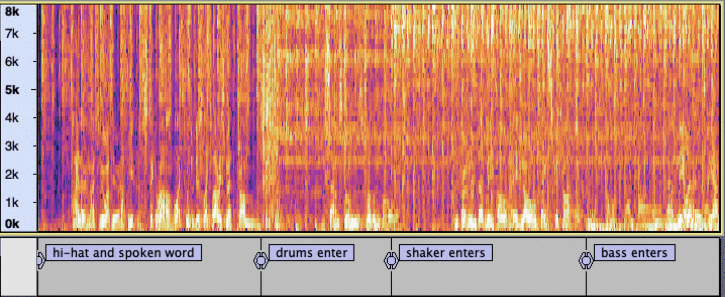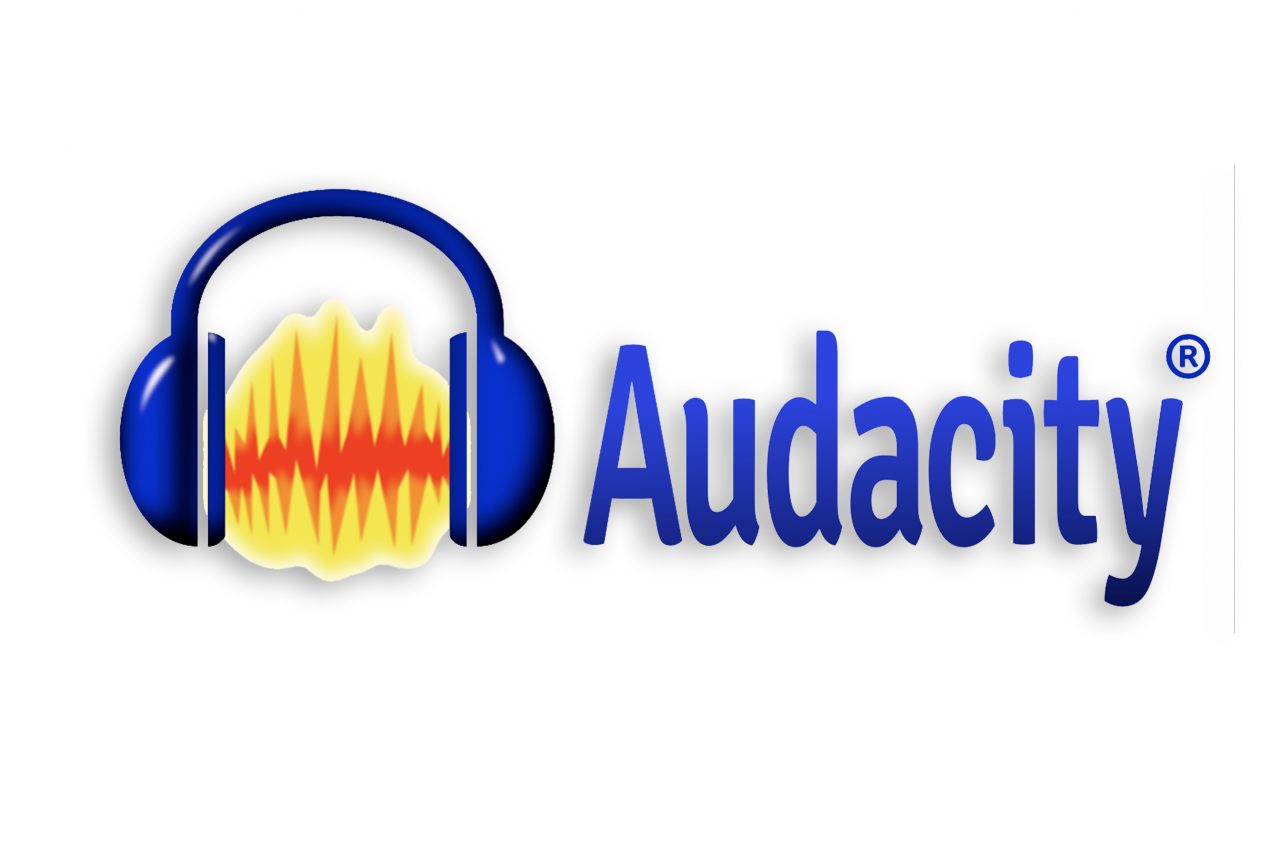
What's New in Audacity 1.2 ? (History of Audacity)

Pitch-changing and tempo-changing effects Powerful spectral features allow you to view waveforms as spectrograms or plot the power spectrum of any region of audio, and even export this data to a spreadsheet. Label tracks allow you to annotate waveforms (for example, transcribing speech) and later export the waveforms to a text file. Audacity acts like a non-destructive editor, providing multiple levels of undo, but it also writes changes made to the audio to disk, eliminating the need for complicated real-time processing. Audacity supports plug-ins written in the Nyquist programming language, a high-level language designed specifically for working with audio. There are dozens of free, shareware, and commercial plug-ins online that do everything from Reverb to Noise Reduction. Audacity not only includes many high-quality effects built-in, but also lets you use LADSPA and VST plug-in effects.

Import almost anything: WAV, AIFF, Next/AU, IRCAM, MP3, and Ogg Vorbis files are supported natively, but Audacity will also open just about any uncompressed sound file and automatically deduce the format (using the Import Raw Data. No limits on the number of tracks or the length of any track, except the size of your hard disk.
#AUDACITY MANUAL MAC OS#
Audacity is cross-platform - it runs on Windows (98 through XP), Mac OS X, and many Unix platforms, including Linux.
#AUDACITY MANUAL CODE#
A grid can be activated for each track, and snapping can be switched on as well.Īll versions can use LADSPA plugins, and the Windows and Mac versions can use VST plugins using the VST Enabler (a separate download).Īudacity is free and the source code is available under the GNU General Public License. Editing functions include Cut, Copy, Paste,Duplicate(to new track at same timecode), Split(to new track at same timecode), and Silence.

There is volume automation via the envelope tool. Almost anything is undoable, including importing and deleting tracks! There are no inserts, auxes or buses yet. This file is editable and all actions are undoable. How does it work - a quick intro for experienced users Audacity works with tracks, that contain one audio file. Simple to complex align operations for tracks and groups of tracks Audacity opens MIDI files, but it is not a MIDI editor, and its MIDI features are extremely limited. Some support for multitrack recording is included in version 1.2.0, but it does not support very many systems yet. Īudacity cannot record more than two channels at once on many systems.What can't Audacity do? Although Audacity is a very powerful audio editor that works with an unlimited number tracks of virtually unlimited size, it cannot do everything. Ĭut, Copy, Paste, Delete, Silence, Duplicate, Split apply plug-in effects to any part of a sound built-in volume envelope editor customizable spectrogram track view mode frequency analysis window for audio analysis applications custom playback rate for every track, which is live-resampled to the project sample rate PCM formats of 8,16,24 and 32-bits can be imported and exported. In addition to recording sounds directly from within the program, it imports many sound file formats, including WAV, AIFF, MP3, and Ogg Vorbis.

What can you do with Audacity? Audacity is a program that manipulates digital audio waveforms. Audacity is a collaborative project, so there are lots of opportunities for you to get involved if you're interested! Please check our website for the latest version. However, it comes with no guarantee, and we depend on your feedback in order to continue to improve on it. This is a stable release of Audacity it has been tested and works well for most people. For new users to Audacity, see the Tutorial in five parts for some basics on digital audio, setting up Audacity, selecting, aligning, and recording. Introduction Experienced users should head down to this section in this document.Īudacity.


 0 kommentar(er)
0 kommentar(er)
